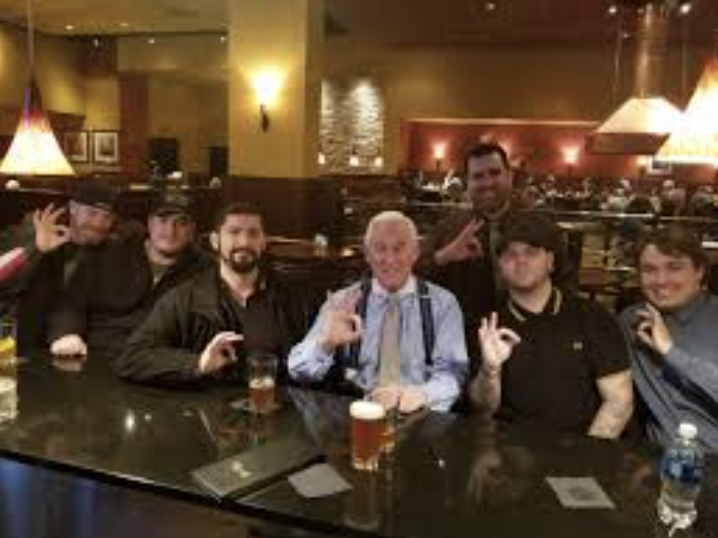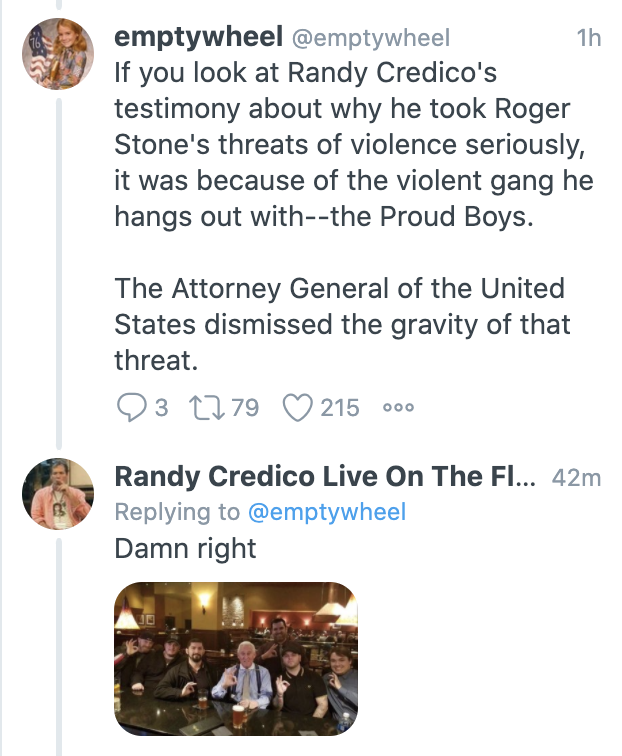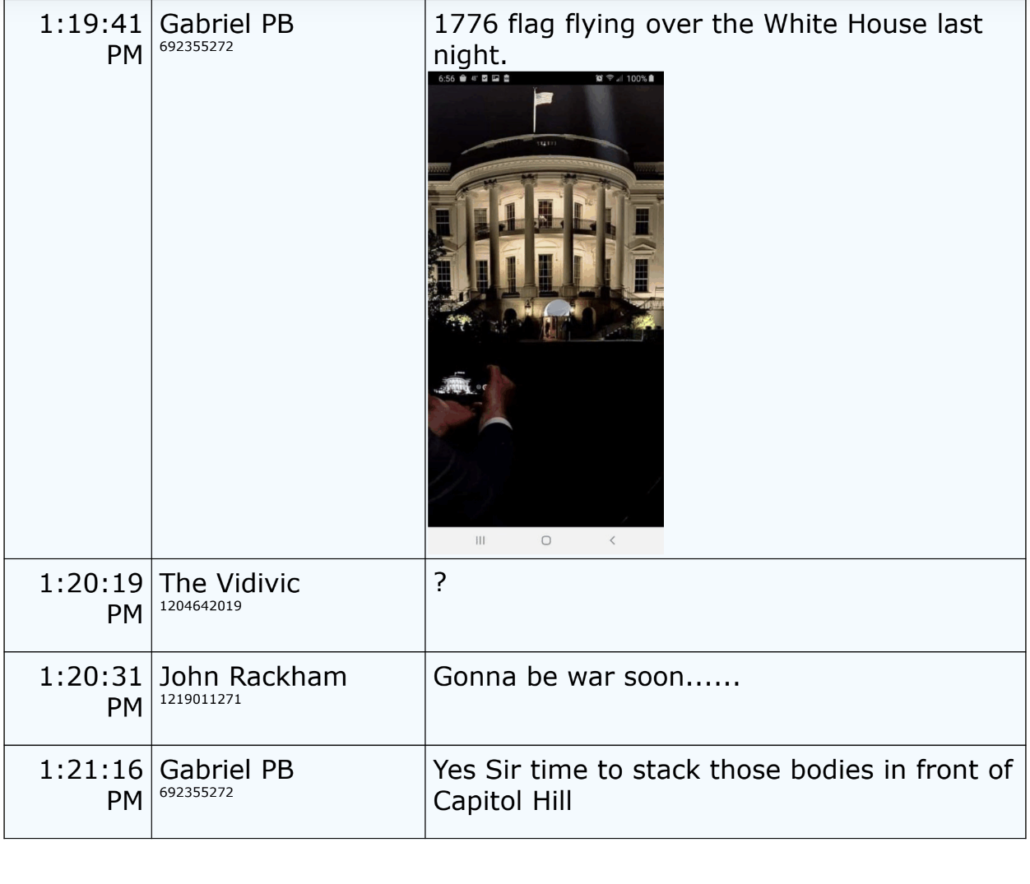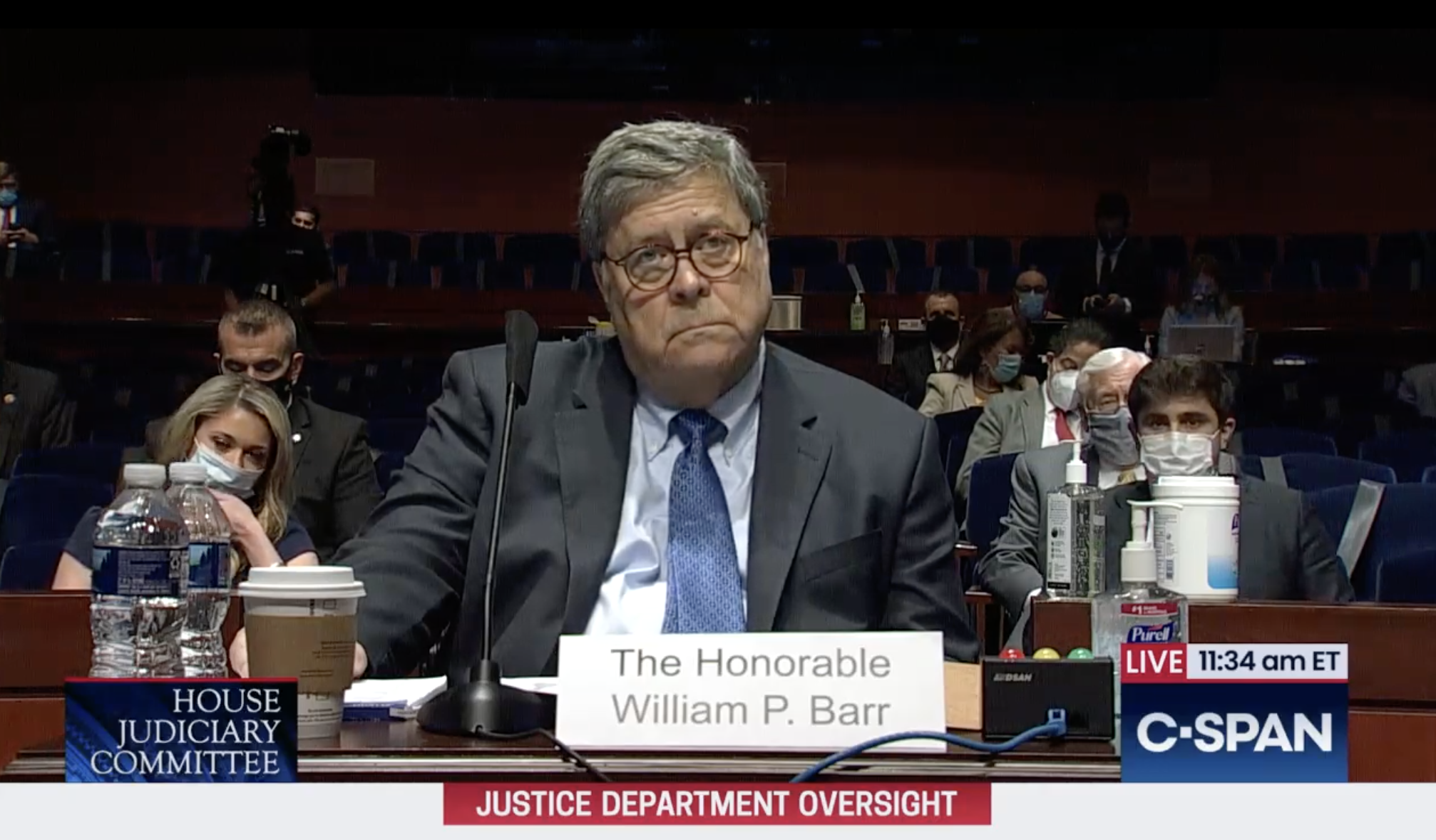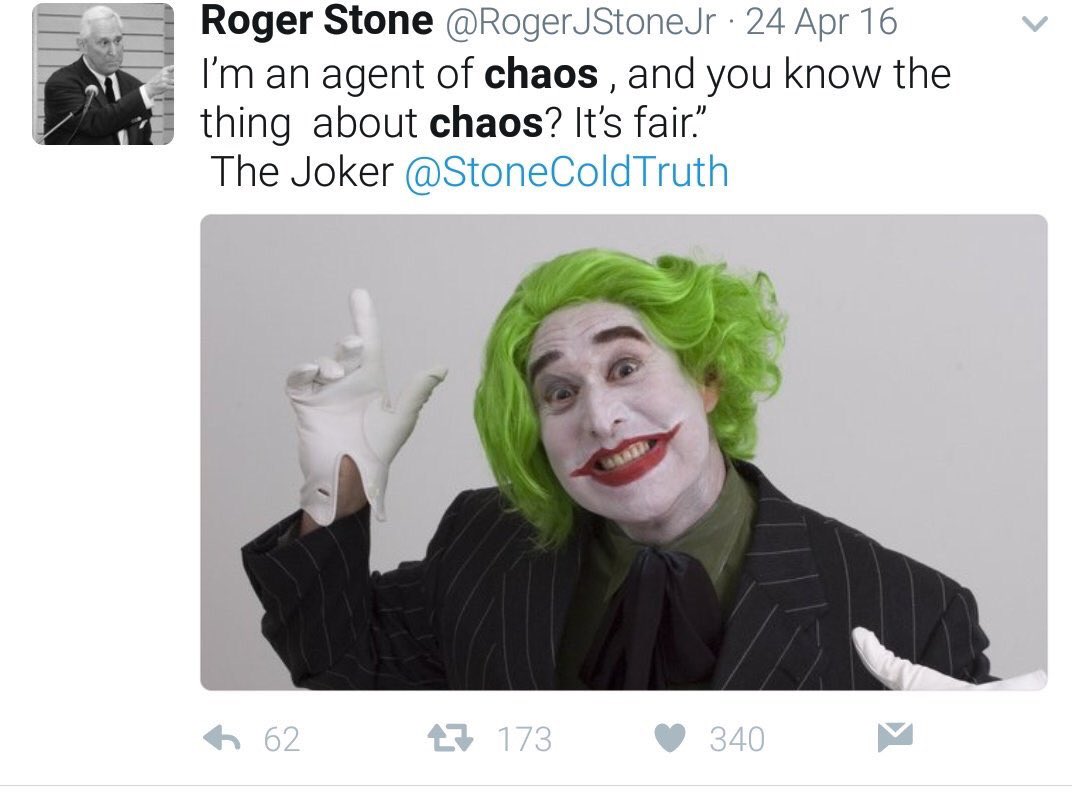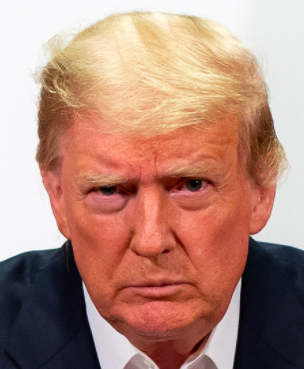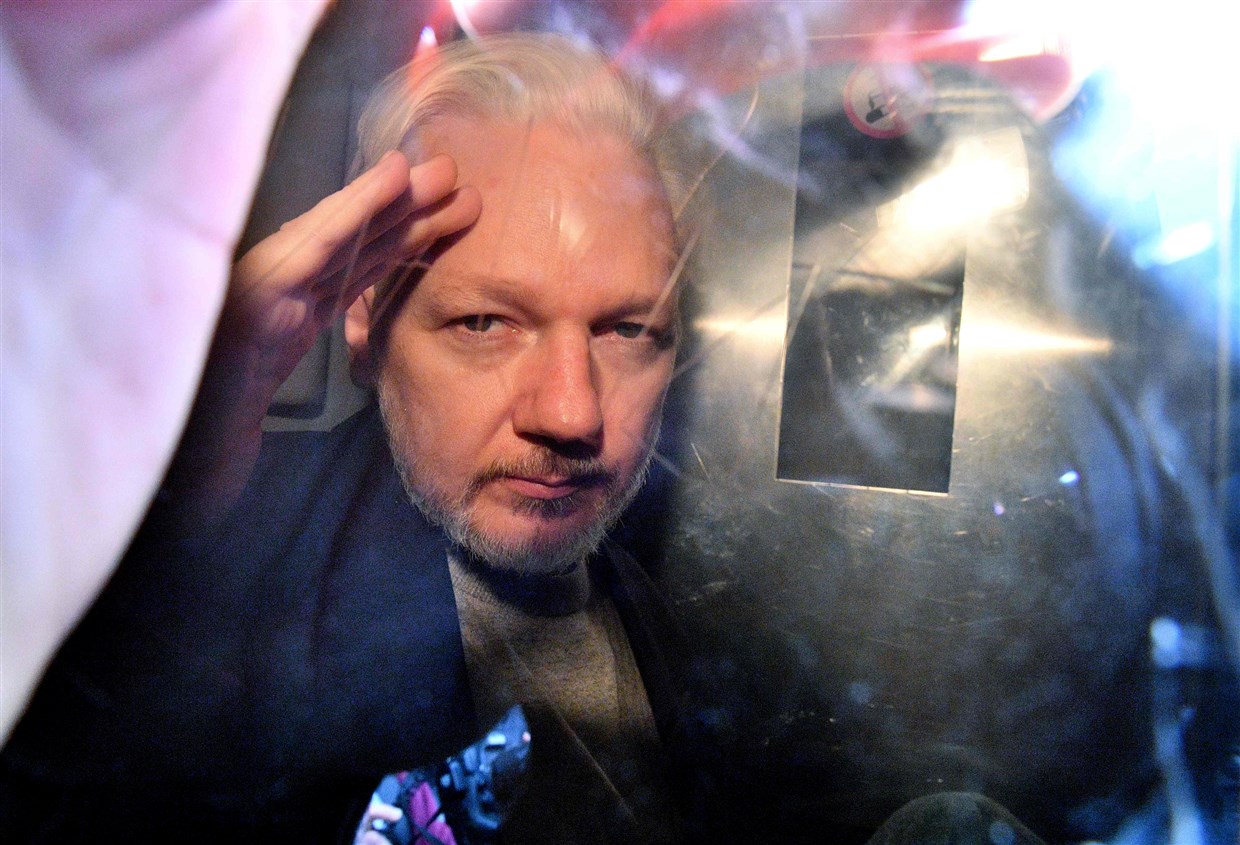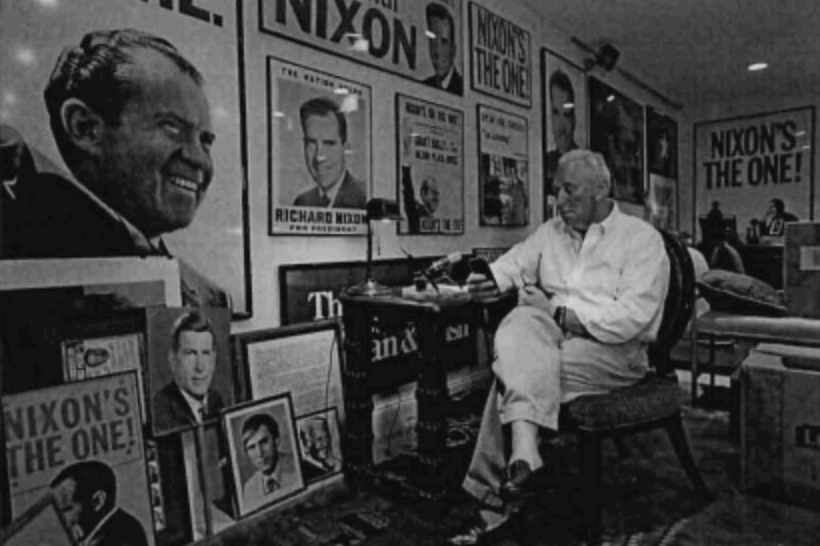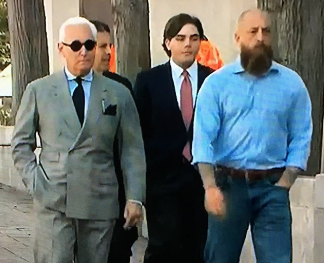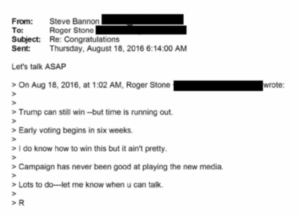The Long List of Reasons Why Potential Intimidation of Proud Boy Jurors Must Be Taken Seriously
Enrique Tarrio has already been investigated by a grand jury in Prettyman Courthouse for any role he had in threats to undermine a criminal prosecution.
That’s important background to Brandi’s report, at the end of her update on the Proud Boys trial, of how much of last week the trial was halted for a series of sealed hearings.
Apart from routine objections launched by the defense to even the most mundane of issues and separate from the unending series of motions for mistrial, last week featured a new and unwelcome variable: the sealed hearing.
A sealed hearing, or a hearing closed to the public and press, is typically held when sensitive or classified matters are being discussed by the parties. Trial days were stopped and started three times last week for sealed hearings that stretched for more than an hour. A press coalition moved to unseal proceedings on at least one of those days but was promptly denied by Judge Kelly for reasons he failed to describe on the record.
Though the exact reason was not disclosed by the court (nor would one expect it to be at this point), CNN reported that multiple sources said the sealed hearing was prompted after a juror raised concerns that she was being followed. Another juror has said they were “accosted” but no further details were available.
As CNN reported, a juror had become worried that someone was following her.
A juror told the court an individual came up to her outside of a Washington, DC, metro station and asked if she was a juror, multiple sources told CNN. The juror told court staff she had seen the same individual on several occasions and thought they might be following her.
Some jurors appear to be split on their views of the incidents, people familiar said. One juror told the judge he thought it was possible the interactions were random and it might have been someone experiencing homelessness in the area.
[snip]
When other jurors found out about the incident, they also began to look out for the individual and had taken at least one picture of the person, according to someone familiar with the matter.
Other jurors also told the court in sealed hearings this week that they had been “accosted,” one source told CNN, though it’s unclear to what extent.
But that report and some of the discussions I’ve seen elsewhere didn’t describe the list of reasons why such threats should be taken seriously.
First, there’s the fact that defendant Enrique Tarrio has already been investigated in this courthouse for his potential role in a threat against a judge. In 2019, Amy Berman Jackson put Roger Stone under oath and asked how he came to post an Instagram post of her with crosshairs on it. He blamed the “volunteers” who had made the meme — one of whom, he named, was Tarrio.
Amy Berman Jackson. How was the image conveyed to you by the person who selected it?
Stone. It was emailed to me or text-messaged to me. I’m not certain.
Q. Who sent the email?
A. I would have to go back and look. I don’t recognize. I don’t know. Somebody else uses my —
THE COURT: How big is your staff, Mr. Stone?
THE DEFENDANT: I don’t have a staff, Your Honor. I have a few volunteers. I also — others use my phone, so I’m not the only one texting, because it is my account and, therefore, it’s registered to me. So I’m uncertain how I got the image. I think it is conceivable that it was selected on my phone. I believe that is the case, but I’m uncertain.
THE COURT: So individuals, whom you cannot identify, provide you with material to be posted on your personal Instagram account and you post it, even if you don’t know who it came from?
THE DEFENDANT: Everybody who works for me is a volunteer. My phone is used by numerous people because it can only be posted to the person to whom it is registered.
[snip]
[AUSA] Jonathan Kravis. What are the names of the five or six volunteers that you’re referring to?
Stone. I would — Jacob Engles, Enrique Tarrio. I would have to go back and look
As CNN itself later reported, those whom Stone named were subpoenaed to testify about whether Stone had paid them to make threatening memes targeting his judge.
Tarrio, the leader of the Proud Boys, had been helping him with his social media, Stone said under oath, as had the Proud Boys’ Florida chapter founder Tyler Ziolkowski, who went by Tyler Whyte at the time; Jacob Engels, a Proud Boys associate who is close to Stone and identifies himself as a journalist in Florida; and another Florida man named Rey Perez, whose name is spelled Raymond Peres in the court transcript.
A few days later, federal authorities tracked down the men and gave them subpoenas to testify to a grand jury, according to Ziolkowski, who was one of the witnesses.
Ziolkowski and the others flew to DC in the weeks afterwards to testify.
“They asked me about if I had anything to do about posting that. They were asking me if Stone has ever paid me, what he’s ever paid me for,” Ziolkowski told CNN this week. When he first received the subpoena, the authorities wouldn’t tell Ziolkowski what was being investigated, but a prosecutor later told him “they were investigating the picture and if he had paid anybody,” Ziolkowski said. He says he told the grand jury Stone never paid him, and that he hadn’t posted the photo.
So four years ago, in this very courthouse, Tarrio or his associates were questioned about the circumstances of any participation they had in threatening a judge.
That wasn’t the only role the Proud Boys had in Stone’s witness tampering in that case. The first contact that Randy Credico had with FBI agents investigating 2016 was not the highly publicized grand jury testimony to which he brought his comfort dog Bianca. It was a Duty to Warn contact earlier that summer after the FBI had identified credible threats against him. Those credible threats came from the gangs, including the Proud Boys, that Stone hung out with.
In entirely unrelated news, Credico posted pictures showing him in Moscow last week.
It didn’t end with Stone’s guilty verdict, either. After the verdict, Stone associates got leaked copies of the jury questionnaires. Mike Cernovich started hunting down details on the jurors to retroactively cast doubt on the judgment, and Trump joined in the effort to create a mob. In the wake of those efforts, the jurors expressed fear and some regret at having served.
ALL 12 OF the jurors in the Roger Stone case have expressed fear in court filings on Wednesday. They worry they will continue to be harassed and they fear for the safety of themselves and their families if their identities are revealed.
According to The National Law Journal, jurors cited tweets from President Trump and remarks from conspiracy theorist Alex Jones as the reason “the threats to the jurors’ safety and privacy persist” after the trial ended in November.
One juror wrote, “I try to stay away from danger, but now it seems like the danger is coming to me.”
The jurors are looking to thwart the legal efforts of right-wing conspiracy theorist Mike Cernovich, who is attempting to make public the pretrial questionnaires the jurors filled out. Those questionnaires include jurors’ private information and employment history. The supposed aim of the petition to release the questionnaires is to vet them for bias in hopes of getting a new trial for Stone.
Another juror wrote, “Given the current climate of polarization and harassment, I do not want to draw any attention to myself, my family, or my employer in any way, shape, or form. It is intimidating when the president of the United States attacks the foreperson of a jury by name.”
“I am frightened that someone could harm my family simply because I was summoned and then chosen to serve on the jury,” another juror wrote.
The efforts to intimidate have continued to this case. During a period when Zach Rehl was reportedly considering a plea, Tarrio sent messages to other Proud Boys about remaining loyal.
“The bigger problem with that is the guys that are in prison right now are holding on to hope that everybody is f—ing staying put because they didn’t do anything wrong,” Tarrio said. “The moment that they think one of the guys flipped, it throws everything off and it makes everybody turn on each other, and that’s what we are trying to f—ing avoid.”
Asked about the audio message, Tarrio told Reuters he was simply trying to stop members from speculating that anyone had decided to help prosecutors who are examining the deadly insurrection. “What I was trying to avoid is them turning against each other because of media stories,” he said.
Trial testimony showed that witnesses for the defense — in this case Fernando Alonzo — made threatening comments about Eddie Block for posting the video of the Proud Boys he shot on January 6. [Warning: he used an ableist slur against Block, who relies on a mobility scooter.]
Witnesses for other January 6 defendant have been harassed, as when one January 6 participant confronted Sergeant Aquilino Gonell during the trial of Kyle Fitzsimons on assault charges.
[January 6 participant Tommy] Tatum also tried to confront another officer, this one with the Capitol Police, in a courthouse elevator on Wednesday. He recorded and posted clips of both exchanges with the officers and identified himself outside the courthouse.
U.S. Capitol Police Sgt. Aquilino Gonell, who is also testifying in the trial, said that Tatum told him that he should be ashamed of himself in an exchange near the bathroom inside the courthouse on Wednesday. Shortly after, Tatum got into an expletive-laden confrontation with David Laufman, an attorney for Gonell, after he tried to get into an elevator with Gonell, Laufman and an NBC News reporter.
NBC News separately heard Tatum make negative comments inside the courthouse about how he believed Gonell was acting. Outside the courthouse, Tatum recorded himself accusing Gonell of committing perjury.
The confrontations with Gonell came before the conclusion of his testimony in the case against Fitzsimons, who is accused of assaulting Gonell inside the tunnel. Gonell’s cross-examination by Fitzsimons’ federal public defender will continue on Thursday morning.
“For Sgt. Gonell to be accosted like that, within the courthouse and while he remains a live witness at trial, was outrageous and amounts to witness intimidation that promptly should be addressed by the court as well as the FBI and the Department of Justice,” Laufman, who is representing Gonell pro bono, told NBC News on Wednesday night.
Finally, there are other key players in January 6 — most notably former Green Beret, Ivan Raiklin, who played a key role in Operation Pence Card, the effort to pressure Pence to overturn the election — who lurk around all events associated with January 6. Fellow Proud Boy Gabriel Garcia, in a recent bid to avoid pre-trial release sanctions for going to CPAC after he told Judge Amy Berman Jackson he was coming to DC to observe — among other things — the Proud Boys trial, claimed that he hung out with Raiklin at CPAC to formulate his defense.
While at CPAC, Mr. Garcia was working on his defense to these charges. Indeed, he asked Congressman M. Gaetz, who is from Mr. Garcia’s home state, how and when could his defense team access the 40,000 hours of unreleased video Capitol Police have. Also, he and his counsel met, and conferred extensively with, attorney Ivan Raiklin, whom they may retain for assistance and trial preparation. Mr. Raiklin had spoken to Mr. Garcia on March 2 at CPAC, and he told Mr. Garcia to return the next day with his counsel to discuss at length defense strategies, which they did.
Former Army Captain Garcia is one of the Proud Boys who, in exhibits submitted at trial (here, Gabriel PB), was issuing the most chilling threats in advance of January 6.
None of this makes things easier for Tim Kelly, as he tries to sustain this jury long enough to get through deliberations. It’s not yet clear whether the jurors, watching testimony about the extent to which Proud Boys using intimidation to protect their organization, are seeing shadows, or whether there’s a real attempt to intimidate jurors before they start deliberating.
But given the history of individuals directly associated with the defendants, the threat is not an idle one.

